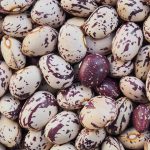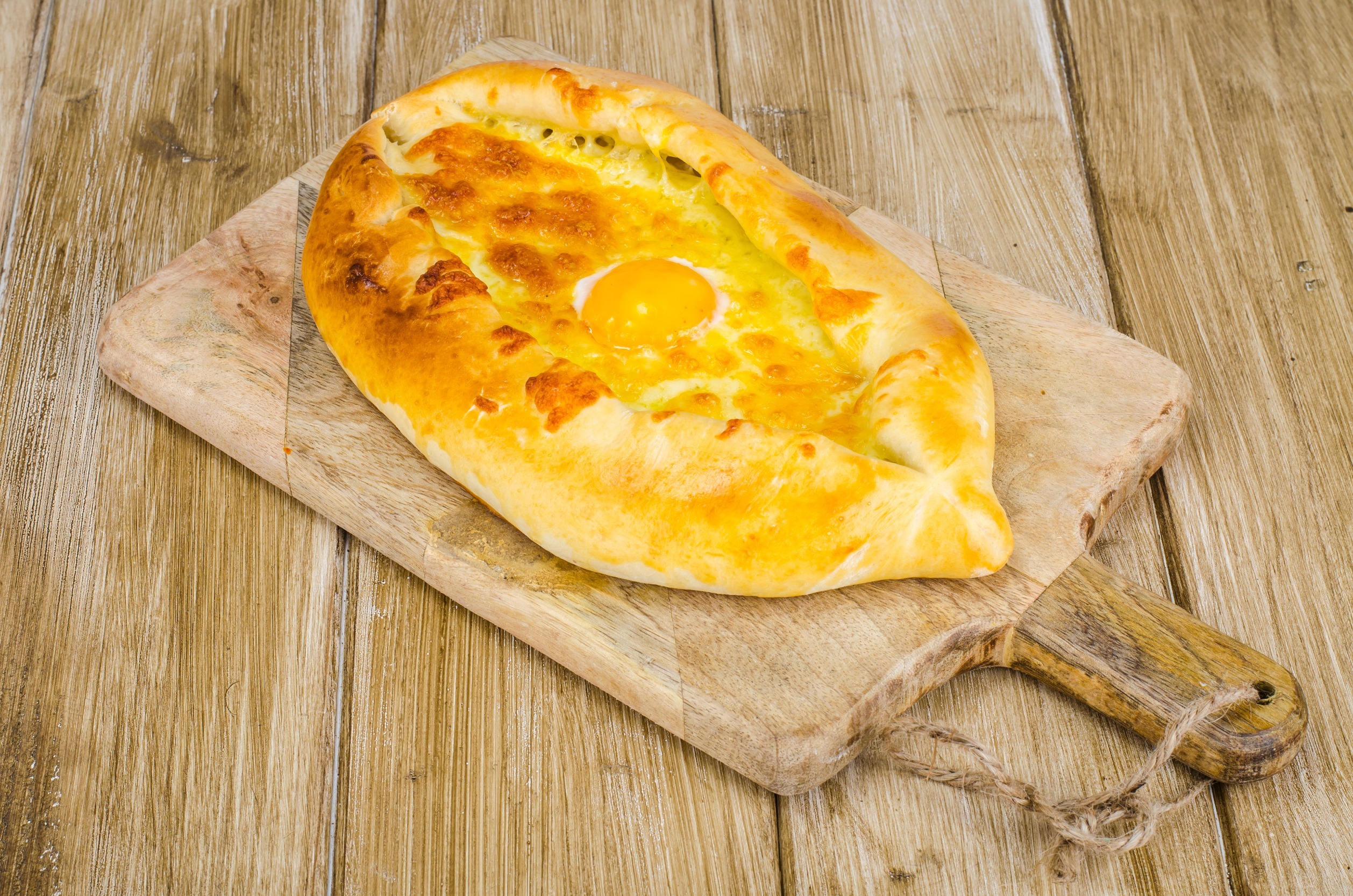Frybread is a flat, deep-fried dough that is soft on the inside and slightly crispy on the outside, often served plain, with powdered sugar, or topped with savory ingredients like beans, meat, and cheese. This iconic food holds deep cultural significance among Native American tribes across the United States and is seen as both a symbol of resilience and a connection to history and heritage.
Origins and Historical Context
Frybread’s origins date back to the mid-1800s, during a tragic period of Native American history. When Native tribes were forcibly relocated from their ancestral lands, particularly through events like the Navajo Long Walk (1864) and the Trail of Tears, they lost access to traditional food sources. To sustain them in new and often barren territories, the U.S. government provided food rations that included flour, sugar, salt, and lard — unfamiliar ingredients that replaced the fresh game, corn, beans, and squash that Native people had relied on. Native cooks adapted by creating frybread, turning basic rations into sustenance.
Cultural Significance
- Symbol of Survival and Resilience
Frybread embodies the survival and adaptability of Native people during harsh and unjust conditions. It became a way to transform scarcity into sustenance, demonstrating the resourcefulness of Native communities in the face of adversity. Frybread is often made and shared at gatherings and ceremonies, symbolizing unity and resilience. - Connection to Tradition and Family
Frybread recipes are passed down through generations, with families adding their own twists and techniques. This makes it a cultural and culinary heirloom, connecting younger generations to their elders. It’s typically made at family gatherings, powwows, and ceremonies, often accompanied by stories of family and history. - Symbol of Native Identity and Pride
For many Native Americans, frybread has become a symbol of identity and pride. Despite its difficult origins, frybread has been reclaimed and celebrated, and it often appears at cultural events and festivals where it is prepared and enjoyed communally.
Complexity of Frybread’s Legacy
There is also a complex and ongoing conversation within Native communities about the health impacts of frybread, as it is high in calories, fat, and refined carbohydrates. This has contributed to health issues like diabetes and obesity, which are prevalent in many Native American communities due to historical factors and limited access to healthy food options. Some Native chefs and activists encourage exploring traditional foods to balance cultural pride with health considerations.
Despite this, frybread remains a potent symbol of Native American resilience, heritage, and adaptability, and continues to be a beloved food with cultural, historical, and personal significance for many Native people in the United States.
Here’s a classic frybread recipe that serves six people. This version keeps it simple, with a basic dough that can be enjoyed plain, with honey, powdered sugar, or as the base for a savory topping.
Frybread Recipe for Six Servings
Ingredients
- 2 cups all-purpose flour
- 1 tablespoon baking powder
- 1 teaspoon salt
- 1 cup warm water (adjust as needed)
- Vegetable oil for frying (about 2 cups, depending on pan size)
Equipment Needed
- Large mixing bowl
- Measuring cups and spoons
- Wooden spoon
- Deep frying pan or skillet
- Tongs
- Paper towels (for draining)
- Large plate
Preparation
- Prepare the Dough: In a large mixing bowl, combine the flour, baking powder, and salt. Gradually add warm water, stirring until the dough comes together. The dough should be soft but not sticky. Add a bit more water or flour if needed.
- Knead the Dough: Lightly flour a clean surface, then knead the dough for about 2-3 minutes until smooth. Cover with a cloth and let it rest for 30 minutes.
- Divide and Shape: Divide the dough into six equal portions. Shape each portion into a ball, then flatten into discs about 1/4 inch thick and 6 inches wide. Make a small hole in the center of each disc to help it cook evenly.
- Heat the Oil: Pour about an inch of vegetable oil into the frying pan or skillet. Heat over medium-high until it reaches around 350°F (175°C), or until a small piece of dough sizzles when added to the oil.
- Fry the Bread: Carefully place one or two pieces of dough in the hot oil, frying for about 1-2 minutes on each side, until golden brown. Use tongs to flip and remove each piece, letting it drain on paper towels.
- Serve: Enjoy warm, topped with honey, powdered sugar, or savory toppings.
Nutritional Information (Per Serving)
- Calories: ~225 kcal
- Carbohydrates: ~30g
- Protein: ~3g
- Fat: ~10g
- Fiber: ~1g
- Sodium: ~400 mg
This nutritional breakdown assumes basic frying in vegetable oil; values may vary with the type of oil or toppings added.
Related Posts
-
Borlotti Beans, Olive Oil and Lemon
Borlotti beans go along way as a fine accompaniment to lamb and chicken. They are…
-
How To Make An Easy Pizza Dough
Who doesn't love pizza? Pizza dough is the foundation of every great pizza begins with…
-
Pork/Beef Bulgogi
Bulgogi is the Korean version of that fiery meat we love when it just comes…
-
How to make Khachapuri
Khachapuri is a traditional Georgian dish that consists of bread filled with cheese and often…




Leave a Reply